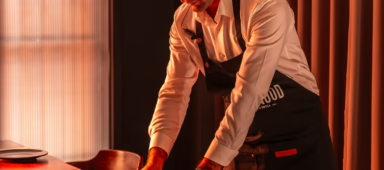Uncovering the world’s most unique traditional attire, from extravagant headpieces to outfits that inspire pop culture
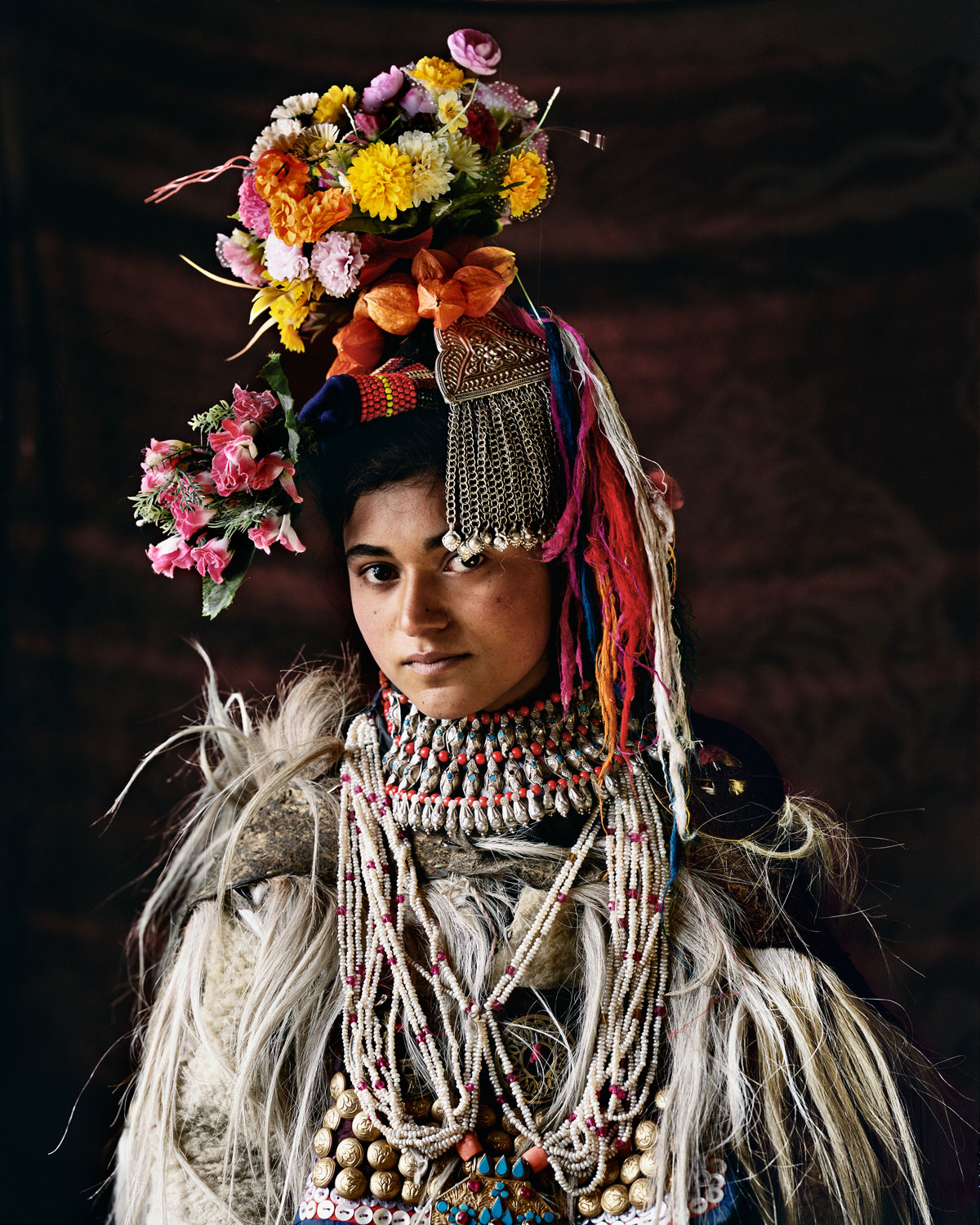
National costumes are proof that people have been dressing to express their identity since the dawn of time. Historically, fashion went beyond just a garment to protect against the elements – it was associated with a period of time, a geographical area, and even to indicate social, religious and marital status. Today, most of these traditional outfits are used for religious or ceremonial purposes, making their appearance a spectacle to behold. These ethnic attire are inspired by the environment, and just by the material, colour or detail, you can make links to the region’s culture, climate and lifestyle. Here are eight stunning national costumes to you may not know existed.
France
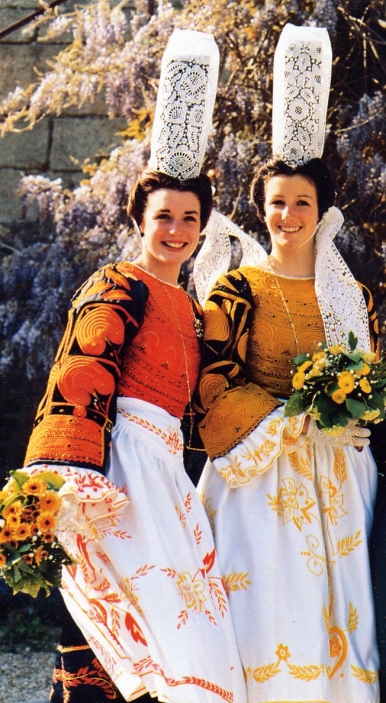
In past periods, hats or headdresses were worn as a daily outfit, worn out of modesty or style, or for both reasons. In Brittany, the North West region of France, women wore towering, elaborate headdresses known as coiffes made from regional handmade lace to pair with the dress, apron and lace-trimmed embroidered shawl. Different towns had their distinct styles, and some coiffes even towered to three-feet high! The coiffe went on to ‘greater heights’ until the dawn of automobiles, which made it inconvenient. Today, the locals keep the tradition of this headpiece alive by wearing them during holidays and festivals.
Spain
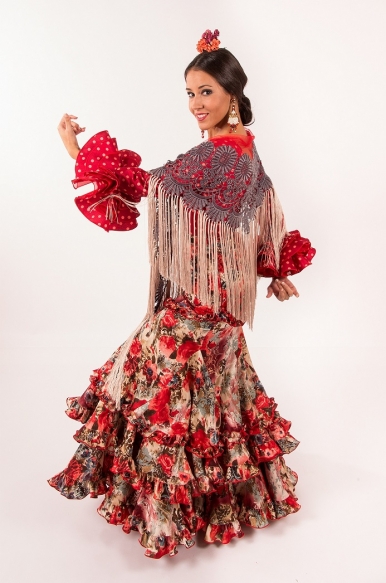
There are a variety of Spanish ethnic dresses but the one that comes to mind right away is the spectacular Andalucían traje de flamenco, or the traditional dance costume. It is more than just a national dress – it is also a symbol of cultural identity. The flamenco is a distinctly figure-hugging dress featuring ruffles in the lower part of the layered skirt and the sleeves. The dress usually comes in bright, bold colours, and over time, elaborate adornments and embroidery were introduced. However, the traditional one remains the polka dotted pattern. The wearer puts her hair in a bun, and throws a beautiful embroidered Manila shawl around her shoulders. Till today, the unique flamenco is an inspiration for modern fashion.
Iran
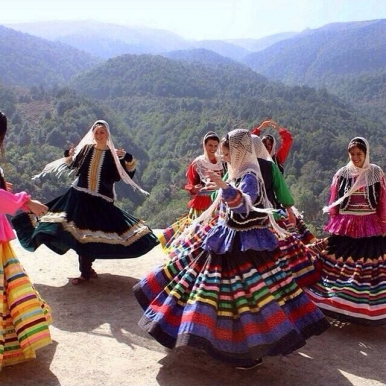
Of all the different regions in Iran, the Gilaki women’s traditional costume is one of the most brightest and fascinating. The costume features a floor-length flowing skirt, distinctly designed with coloured stripes along the lower half and paired with vibrant shirts and vests. The women’s choice of headdress is also an interesting choice of light and airy tasselled headscarves. These colours are at their most dazzling to behold when the women twirl and dance – which might just be the very reason they were designed for.
Mongolia
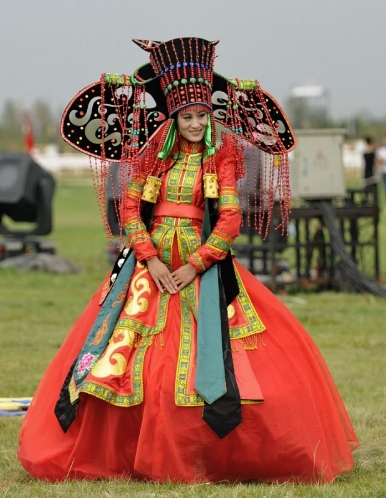
You’re not wrong if you think the Mongolian women’s traditional dress resembles Queen Amidala’s wardrobe in Star Wars Episode I: The Phantom Menace. The Mongolians manage to combine fashion with practicality despite the harsh, cold weather. Both men and women wear the deel, a caftan-like, large overcoat worn with a large silk sash and clasped together with a leather belt, with the women’s version being more colourful and lavishly decorated with embroidery. However, the most outstanding of this attire would be the headgear, which amount to 400 different styles. There are summer and winter hats, hats that relay social status and marital status, and even holiday headwear. The more famous headpiece would be the one resembling either wild sheep horns or wings, denoting women as birds with wings protecting the hearth.
Himalaya
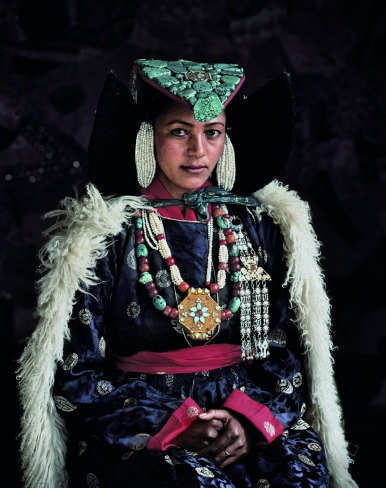
The Himalayan Ladakh region’s female dress is already ceremonially elaborate as it is but the most striking part of their attire would be the perak, a cobra-hood-like headdress made from black lamb skin and studded with turquoise stones. The piece tapers to a thin trail down the back, and is paired with the goncha, a sumptuous, thick woollen robe clasped with a brilliant belt known as kamar bund. Some women style this attire with a kuntop, or robe, and a colourful bok, or shawl. Beyond its aesthetic appeal, the perak also signifies a woman’s status symbol, wealth and position, based on the number and quality of the stone decoration.
Kenya
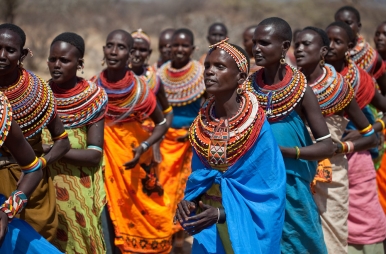
Standing apart from other traditional fashion, the Maasai tribe is known for their attire of vibrant red hues and colourful beadwork. Maasai women clothe themselves in colourful wraps known as kanga, but most eye-catching is their vast collar of beaded necklaces. The intricate beadwork embodies different aspects of their culture, rich in appreciation for culture, beauty, tradition and strength, among others. So important is their beadwork that a bride receives a colourful, garland of beads made by her mother, representing her home and village. Beads are also used as an everyday adornment, with different colours representing the Maaasai tribal virtues.
Russia
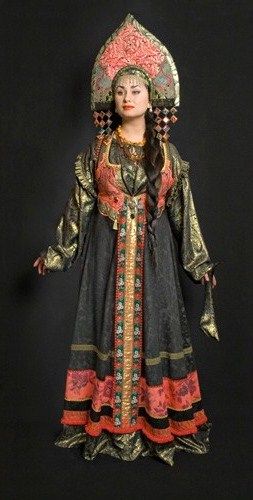
Russian women pride their traditional costume on both headpiece and dress, both of which are dramatic and elaborate on their own. The sarafan, a long, trapeze-shaped dress, was a wardrobe staple for women regardless of social status. The original version was a one-piece with thin shoulder straps, paired with a sleeveless vest, or dushgreya, to create a shape of two triangles crossing midway. When adorned or made with sumptuous fabric or embroideries, the sarafan sprang to festive flair, which was also used to distinguish the occasion. The kokoshnik is a widespread head decorative accessory of a high, crescent front shape with round edges, usually decorated with gold and pearl embroidery – similar to that of a royal tiara. So resplendent is this headpiece that it also made an appearance as part of Queen Amidala’s wardrobe, too.
Pakistan
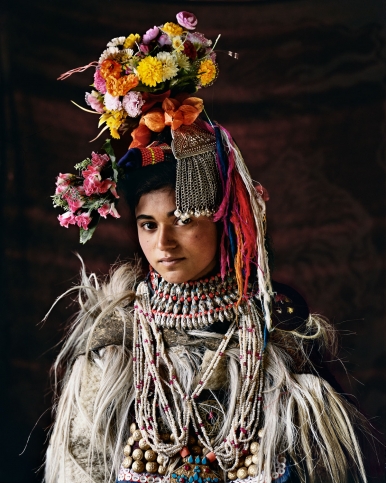
Widely regarded as one of the diminishing tribes in the world, the 2,500 Dropkas are also identified as the only authentic Aryan descendants left in India. Drokpas are free-spirited and passionate people, reflected so in their heavily adorned finery, embellishments and towering headpieces. The women dress in yak skin robes lined with fur, ornamental beads, silver and necklaces, and most astounding of all are their elaborate floral headdresses, piled with rows of coins stitched together, vivid streaks of ribbons, and imaginative floral arrangements worn even as they work in the fields.
Photo credits: France, Spain, Iran, Mongolia, Himalaya, Kenya, Russia, Pakistan




